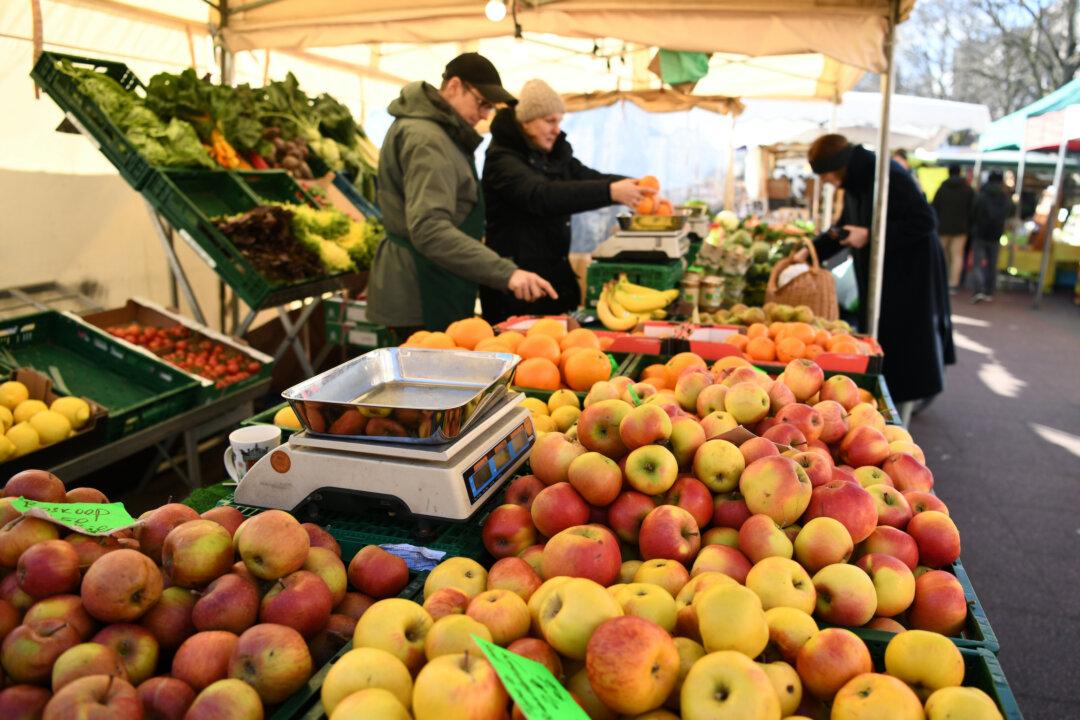Inflation levels in Germany reached their highest level in more than 40 years in April, according to figures released on May 11 by the country’s Federal Statistical Office, also known as Destatis.
Annual inflation grew 0.1 percentage point to 7.4 percent, up from 7.3 percent in March, marking the second month in a row of record-high inflation since the reunification of East and West Germany in 1990, and the fastest rise in consumer prices since 1981.





